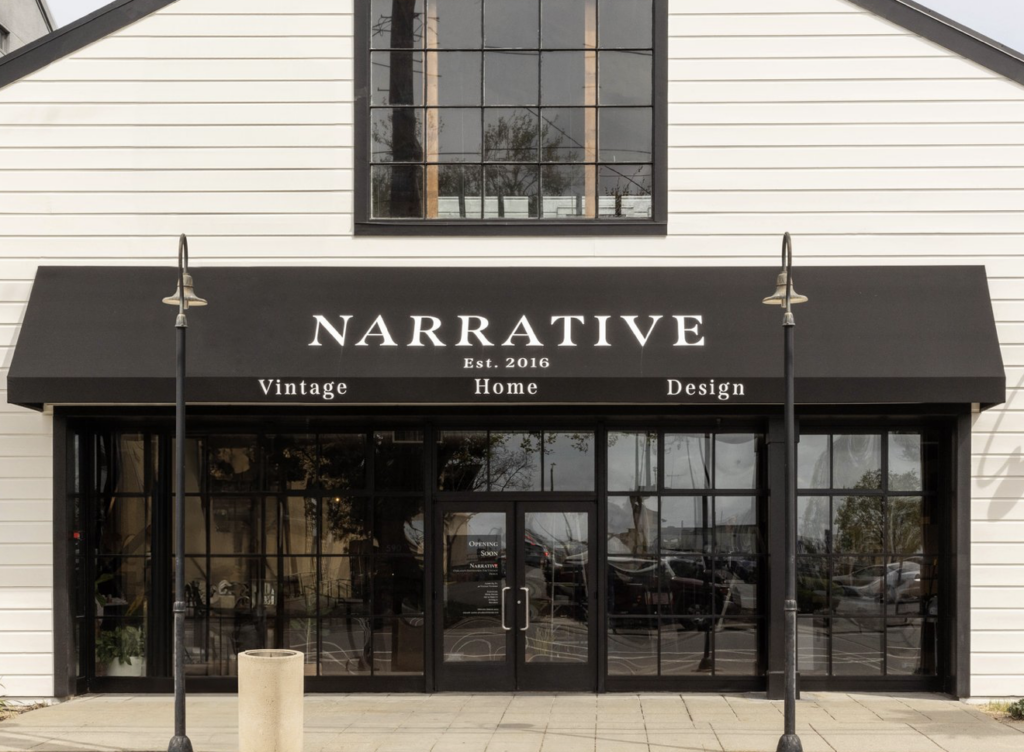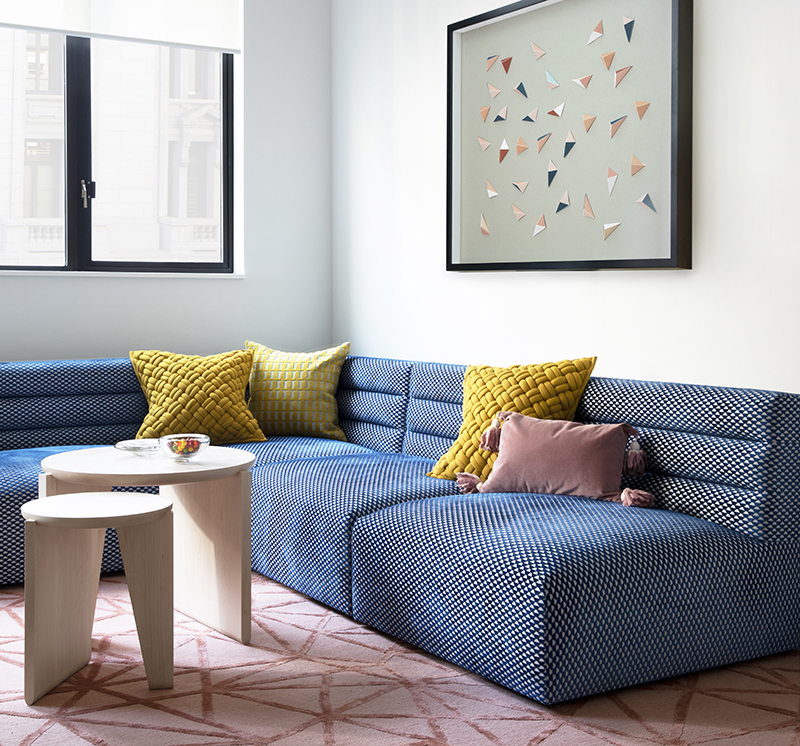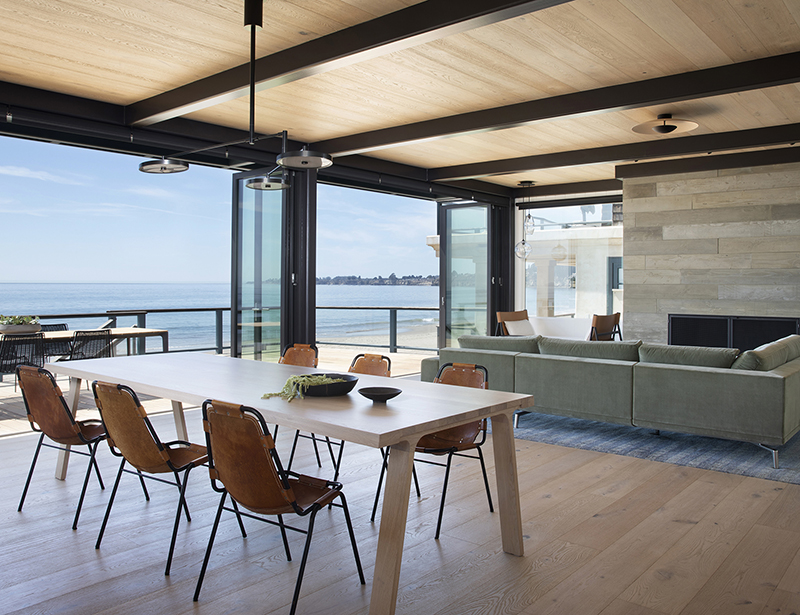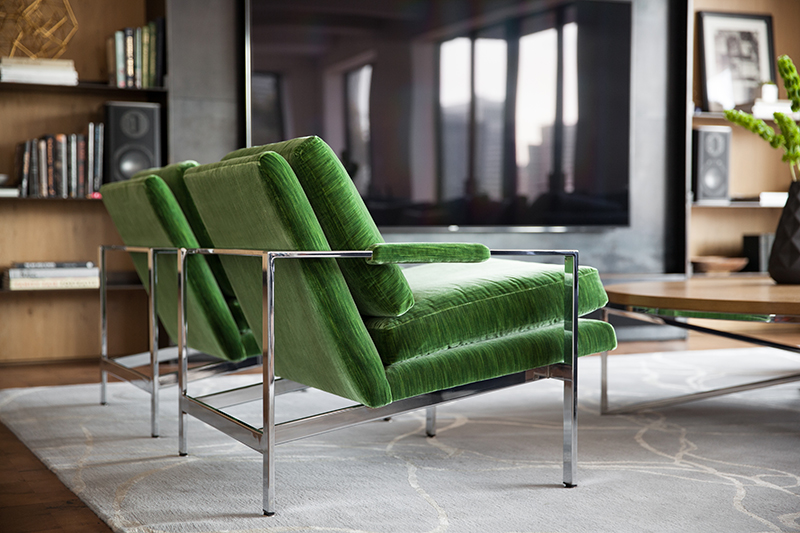Designer Guide to Sourcing Sustainable Furniture
In today’s world, where environmental concerns are at the forefront, shopping for furniture with sustainability in mind has never been more important. As we seek to create beautiful, functional spaces in our homes, we also have a responsibility to make choices that have the lightest impact the planet. From selecting materials to considering the lifecycle of each piece, our Interior Designer’s guide will help you navigate the process of choosing furniture that aligns with your values, ensuring your home is both stylish and sustainable. Whether you’re furnishing a new home or simply updating your decor, making informed choices can lead to a healthier planet and healthier homes.

Shop Local + Support Local makers
The shop local movement is a win win – support small, local businesses and also reduce the carbon footprint of your purchases. We fully support this idea and would suggest taking it one step further by tapping into the amazing network of fabricators, artists and designers in your area to create one of a kind pieces for your home. As San Francisco interior designers, we rely on local Bay Area woodworkers, metalworkers, upholstery workrooms and lighting designers to help bring our design vision to reality. A huge benefit to working with local makers is that you have control over and transparency into the materials used in their products. If a local woodworker doesn’t typically use sustainably harvested wood, don’t be afraid to ask! As interior designers we specify the exact materials and finishes that we want in a custom furniture piece for clients homes. Many craftspeople are happy to work with the public in a similar fashion. Shopping local also reduces the need for excessive packaging, which is huge issue in the furniture industry.
Pro tip: When reaching out to local craftspeople be sure to start off the conversation by asking if they work directly with homeowners or if they are limited to working with the trade only (meaning design and construction professionals).
Avoid the fast furniture trend
It’s time to collectively move past the disposable/fast furniture trend. Instead, look for quality furniture and invest a little more into items that will serve you for many years. Spend time discovering what you actually love and invest in pieces that will stick with your family. Earmark design magazines with rooms that inspire you and create inspiration boards on Pinterest and find a common thread in the pieces that you gravitate towards. When shopping for furniture, whether it’s from a local or online retailer, or furniture showroom, there are a few essential questions to ask to help guide you towards more sustainable choices.
1. Ask where the piece is made. Make it a goal to only purchase furniture made in the United States, and ideally within your state. This not only reduces the carbon footprint but also helps support local manufacturers and craftspeople.
2. Is the wood FSC certified? The Forest Stewardship Council is an international agency that tracks and certifies sustainably harvested wood. By purchasing FSC certified wood, you are supporting responsible forestry practices that help protect forest ecosystems. Whenever possible opt for FSC certified, sustainably harvested or reclaimed wood flooring, cabinets, and furniture. Forests create oxygen, protect biodiversity, filter pollutants, and help mitigate global warming. It used to be hard to find FSC certified products at mainstream retailers, but thankfully that is no longer the case!
You can find a wide variety of sustainable furniture manufacturers and narrow your search by product type on the Sustainable Furnishings Council website. https://sustainablefurnishings.org/company-search

Invest in quality pieces that last
Our team of Bay Area interior designers created a cheat sheet to help you evaluate the quality of furniture pieces, ensuring that the pieces you invest in will last for many years instead of ending up in a landfill.
Upholstery
• Look for kiln dried hardwood frame with 8 way hand tied springs.
• Lift test – Is it super lightweight? Can you easily move it by just bumping into it? Most likely it is not a high quality piece. High quality, well constructed upholstery is made with hardwood frames which are much heavier than low quality pieces.
• Once you’ve found the right sofa, it’s time to select a fabric that is appropriate for your family and will hide spills. Start by looking at the content of the fabric – ideally, the fabric will incorporate some natural fibers. Most retailers will rate their upholstery fabric as light use, medium duty or heavy duty. I would recommend avoiding light use fabrics and looking for fabrics that feel sturdy and soft to the touch.
Pro tip: Do a stain test on the free fabric sample! See how well you can remove common stains and how visible they are after cleaning. I also like to rub my dogs coat with fabric samples to see how much his fur is going to show on a sofa. I’m not saying you should design your room around the color of your pets, but I will say that considering your everyday lifestyle and habits and factoring that into your buying process will lead to smarter choices and furniture that will last for many years.
Casegoods + Wood Furniture
Opt for furniture made from solid wood such as walnut, teak, oak or maple. Wood furniture is typically held together by basic wood joinery techniques, ensuring a stronger bond and requiring less adhesives, which are the main culprits in harmful VOC emissions. Avoid furniture composed solely of MDF or particle board, which is made from compressed wood shavings, chips or sawdust held together by synthetic resins, binders and glues. These materials are not as long lasting or strong as wood, and the resins used will off-gas harmful toxins into your home. Solid wood furniture will also withstand more wear and tear since the same wood is throughout and small nicks or scratches can be easily sanded out.
Pro Tip: If you see that a product has Cradle to Cradle certification, you know you are making a good sustainable choice. Cradle to Cradle Certified® is the global standard for products that are safe, circular and responsibly made. They assess products across five categories: Material health, Product Circularity, Clean Air and climate protection, water and soil stewardship, and social fairness. https://www.c2ccertified.org/get-certified/product-certification

Incorporate vintage pieces into your home
I love using vintage and antique furniture, lighting, artwork and accessories in my own home and in our Bay Area interior design projects. These pieces have character and add a collected feel to a space. Not only are vintage pieces more unique, no additional resources are used to make them and by extending the life of these items you are diverting furniture out of landfills. I always start by perusing local vintage and antique shops, thrift stores, and salvage yards to see if they have what I am looking for. Local flea markets are one of my favorite places to find one of kind pieces – some of my most treasured artwork and accessories were found at flea markets. If you are here in the San Francisco Bay Area, be sure to check out the Alameda Antiques fair and the Oakland Vintage Market, both are held once a month.
Pro tip: Arrive early with plenty of cash, a measuring tape and a willingness to bargain! I like to make a list of the pieces I am looking for along with their ideal dimensions. This will help you stay on track and quickly assess whether a furniture piece will work in your home. If you find a must-have item ACT FAST! There are no holds. Flea market etiquette dictates that if you put down an item before paying for it, all bets are off!

Tips for purchasing vintage furniture online
• Purchase from a reputable seller with previous reviews
• Inquire about their packing and shipping methods. What is the policy if something arrives damaged?
• Inspect all items as soon as they arrive and if possible note any damages with the shipping carrier.
• Ask about whether the item comes from a smoking or non-smoking home. This is especially important for upholstered items but also applies to wood furniture since wood can also absorb smells.
• Beware of terms in title such as “In the style of” or “mid-century modern style”– this is subtle way of saying that the furniture piece was either likely not designed by the actual designer mentioned or is not an actual vintage item and is instead a reproduction or new item.
• Don’t be afraid to ask for more photos, especially if the photos are poor quality or blurry. Ask questions about any damages and be sure to specifically ask if the piece is structurally sound.
• Check where the seller is located. The closer the better, not only for reducing energy costs to get it to you, but the item is less likely to get damaged in transit on shorter trips.
